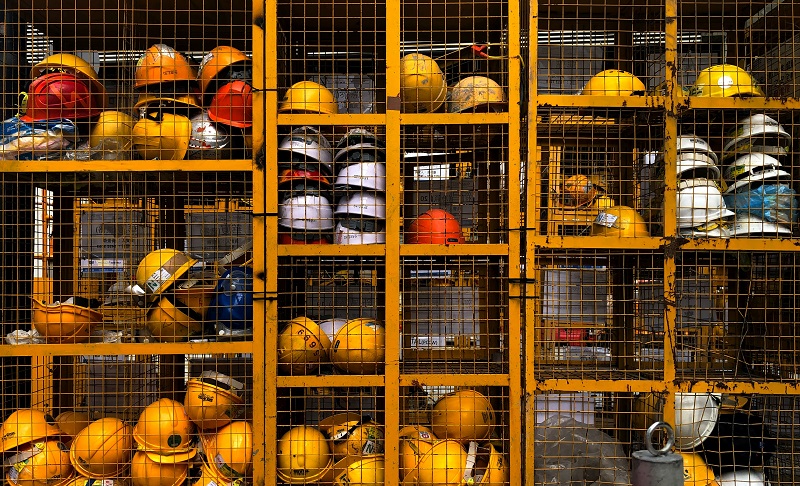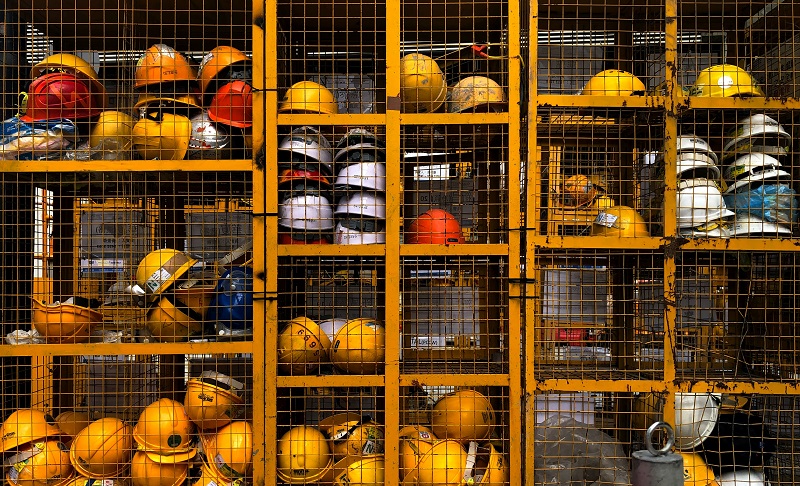

With its most recent budget, the Canadian government has greased the skids to get the country back to pre-pandemic growth rates.
Its biggest commitment is a $180 billion infrastructure plan that promises everything from overdue upgrades to roads, bridges, water systems, and public transportation to new schools, hospitals, and green-energy platforms.
But the plan has one glaring flaw — a shortage of skilled workers to build all that shiny new infrastructure. The simple solution: immigrants. To that end, the country plans to admit a record 1.2 million newcomers over the next three years.
This is great news, but the key will be to get more of these immigrants into the skilled trades, like construction, which is facing a shortage of more than 300,000 workers by 2030 due to retirements and increased demand, according to a BuildForce Canada report.
“There’s no magic bullet here,” said Chris Gardner, president of the Surrey, B.C.-based Independent Contractors and Business Association (ICBA), which represents more than 3,300 members in the construction sector. “Immigration is a fundamental part of the long-term solution to this challenge.”
Gardner believes the big infrastructure projects will still get built, but the worker shortage is having other ancillary effects such as scheduling issues, with contractors turning down smaller projects as well as soaring wages.
“In B.C., the average construction trade worker (salary) outpaced the rate of inflation two times in the last five years,” confessed Gardner, who added that even during the pandemic wages merely flatlined instead of declining due to the demand for workers.
The average hourly wage for construction workers in 2019 was nearly $33, up about 10 per cent from $30 in 2015, according to Canadian Industry Statistics. Despite increasing wages and high demand, a third of construction businesses admit recruiting skilled labour is their main challenge.

‘Multi-layered’ problem
While a record influx of newcomers should help bridge the talent gap, immigrants are underrepresented in the building trades. About 18 per cent of construction jobs are filled by immigrants compared with 23 per cent of all other jobs, according to the BuildForce report.
Wendy Cukier, who studies immigration and diversity in the workforce, believes it’s a “multi-layered” problem, but one Canada needs to address for future economic success.
“All workforce growth is going to come through immigration,” said Cukier, who runs Ryerson University’s Diversity Institute. “It’s something that has a huge impact on almost every aspect of the economy and yet, ironically, it’s not one that gets a lot of attention focused on it.”
Cukier said the discussion around what she calls the “skills agenda” has been dominated by banks and IT companies, which has meant fewer skilled trades immigrants being fast-tracked for permanent residency through programs like the Federal Skilled Trades Program.
“There’s been a lot of emphasis on bringing in what is commonly referred to as ‘highly-skilled’ immigrants; doctors, lawyers, PhDs, and computer scientists,” she added. “I don’t think you see quite the same effort being put into attracting carpenters, electricians, and plumbers.”
Gardner said those, and mechanical contractors, are the most in-demand and best-paying trade professions, claiming: “You can’t find those guys to save your life.”
More spaces needed in technical colleges and trade schools
Groups like the ICBA help people interested in construction get into apprenticeship programs, but Gardner said there are not enough spaces available in trade schools, particularly in B.C.
“The waitlist for many trades is at least a year, sometimes three years,” said Gardner, who added that one of the reasons that the completion rates for high-paying, four-year Red Seal apprenticeship programs are low (about 50 per cent) is because there is so much work available that nobody wants to wait to get certified.
He would like to see the B.C. government fund schools with “strong track records of training people” and create more spaces in schools outside major centres in places like Kelowna, Prince George, Fort St. John, and other parts of the province.
Another issue is countering the perception that a career in the trades is not as prestigious or lucrative as those in finance or tech.
“The status associated with other professions is much higher than with the skilled trades, even though we know that a trained electrician can earn more than an electrical engineer quite quickly,” said Cukier, who added the government has been more focused on recruiting international students for university graduate and doctoral programs rather than apprenticeship programs at trade schools.
While international students are still more likely to enroll in courses in business, management, mathematics, computer science, architecture, and engineering, their presence at colleges and trade schools is growing. From 2009-2015, the percentage of international students taking a college diploma program nearly doubled, increasing to 20 per cent from 12 per cent, according to a Statistics Canada report.
Still, many people don’t realize that even students-in-training can earn a good wage, through in-demand electrician courses and apprenticeships, for example, before they are fully certified.
Tech-like focus on trades
Some federal initiatives are helping address shortages, like the Apprenticeship Service program run through Employment and Social Development Canada (ESDC) that provides up to $10,000 in funding to employers that hire first-year apprentices, including those in underrepresented groups such as women, visible minorities, and immigrants.
“Canada’s aging workforce and recent infrastructure investments are exacerbating labour pressures in specific trades in certain regions,” ESDC said in a statement. “Supporting apprenticeship training is an important and effective way to build Canada’s highly qualified skilled trades workforce.”
Gardner said these efforts are “effective” ways to get employers to support training, but he added we need to position the trades more like the tech sector so more immigrants and kids want to go into them.
“We get really excited when a global brand-name tech company establishes a new office in a city in Canada,” said Gardner, adding that people are wowed by the lure of working at Facebook, Amazon, and Google. “We never talk about the entrepreneurial side of construction and starting up a company and building a business and employing people and building a community. We don’t do a good enough job of presenting that story.”